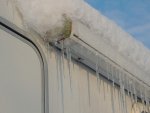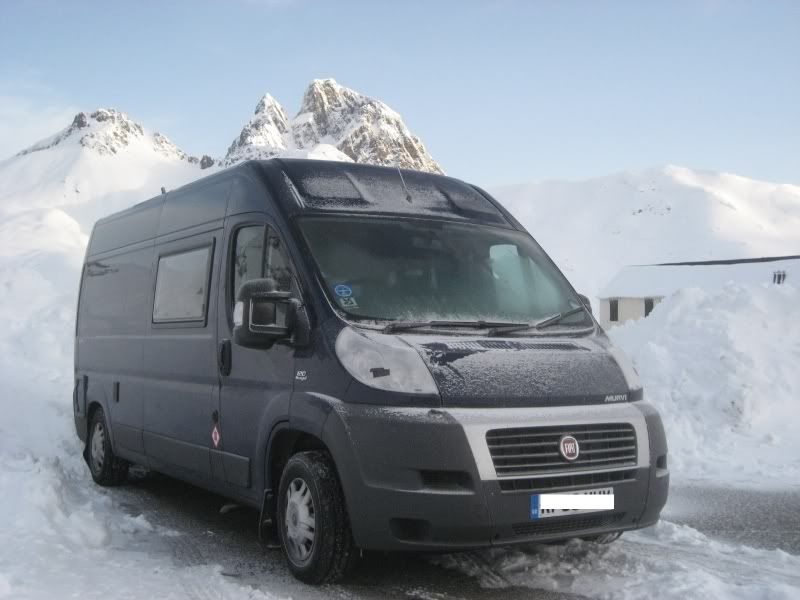GinaRon
Full Member
- Posts
- 3,376
- Likes
- 13,168
We are thinking of upgrading our van - and while at the Lincoln meet members very kindly let me look at their vans and explained the workings. The word winterised was mentioned and I think I understood what it required but when I tried to explain it to Ron - I realised again that I only understood half of it (not unusual for me)
So can someone/everyone explain what is needed for a winterised van. We do intend to use it during the cold weather for as long as possible - when it becomes six food snow drifts!!!!!!! :anyone:
:anyone:
So can someone/everyone explain what is needed for a winterised van. We do intend to use it during the cold weather for as long as possible - when it becomes six food snow drifts!!!!!!!



